Summary and Key Points: The F-22 Raptor experienced severe oxygen system issues causing pilots hypoxia-like symptoms and, tragically, at least one fatal crash.
-From 2008-2011, a dozen incidents were reported, prompting pilots to publicly refuse flights and bring attention to the problem.
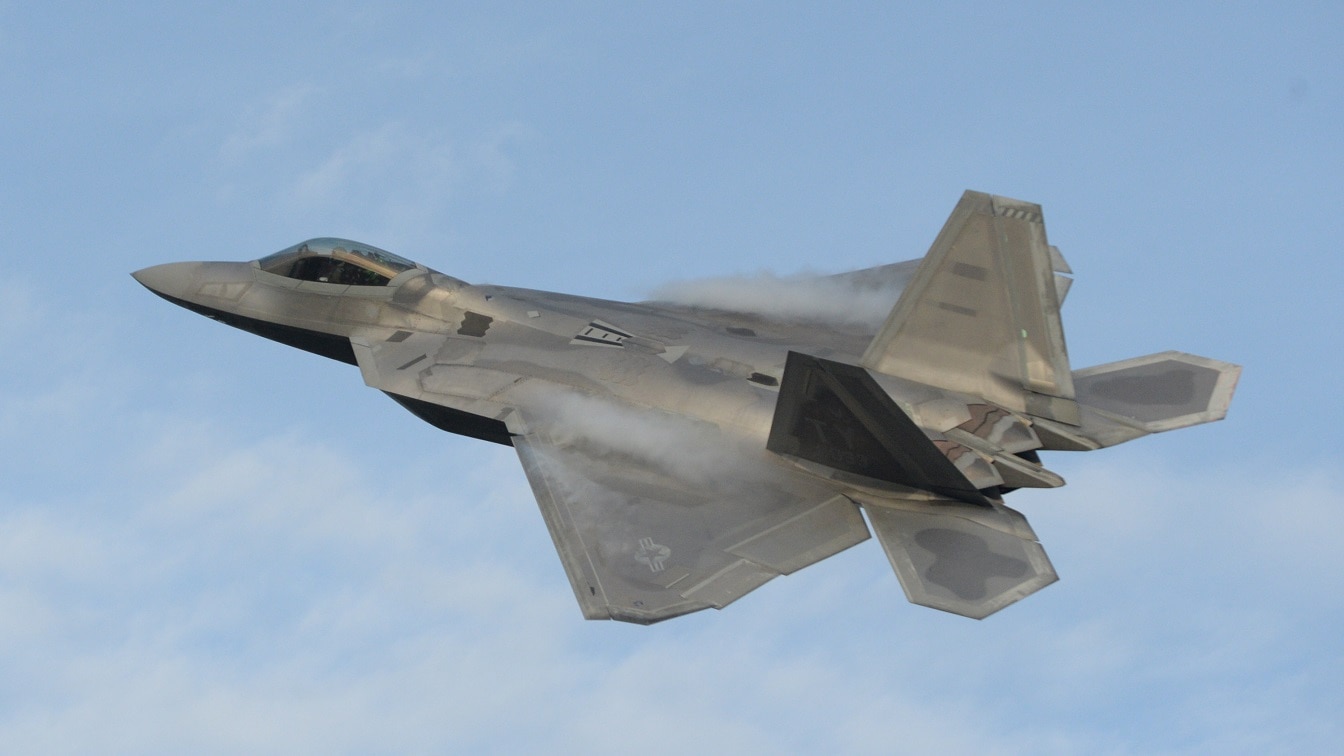
An F-22 Raptor from Tyndall Air Force Base prepares to land at MacDill AFB for AirFest 2016, March 18, 2016. The F-22 was set up as a static display for visitors to get an up-close look at the world’s best air dominance fighter. (U.S. Air Force photo by Airman 1st Class Cody R. Miller/Released)
-Investigations identified a malfunctioning valve in the pressure vest restricting breathing at high altitudes.
-Despite intense public and congressional scrutiny, the Air Force took years to implement corrective actions. Ultimately, a solution was finalized in 2020.
-This issue highlighted critical delays in addressing aircraft safety concerns, underscoring the importance of proactive oversight, pilot input, and transparency in managing advanced military aircraft.
The Deadly Flaw That Haunted the F-22 Raptor for Years
The video clip from earlier this year is horrendous. An F-35 stealth jet fell straight out of the sky to crash and burn.
The wreck happened on January 28 at Alaska’s Eielson Air Force Base. There was an “inflight malfunction,” and the pilot was able to eject safely, but it was an alarming reminder that the F-35 has endured a long series of accidents and mishaps over the years.
While the crash is a significant wake-up call to the U.S. military and an investigation must be conducted, we can turn our attention to other American fighter jets that have experienced technical difficulties, too.
Take the F-22 Raptor for example. Recently, the F-22 hasn’t received the same attention as the F-35 for its safety record.
Still, it has also come under lawmaker and media scrutiny for design failures in the past.
The Story of the Oxygen Issues on the F-22
In 2010, an F-22 pilot suffered from hypoxia-like conditions after he experienced a loss of oxygen during flight.
The airplane and the aviator were lost in a crash. The F-22 fleet had to be grounded for five months until Air Force personnel could figure out the problem.
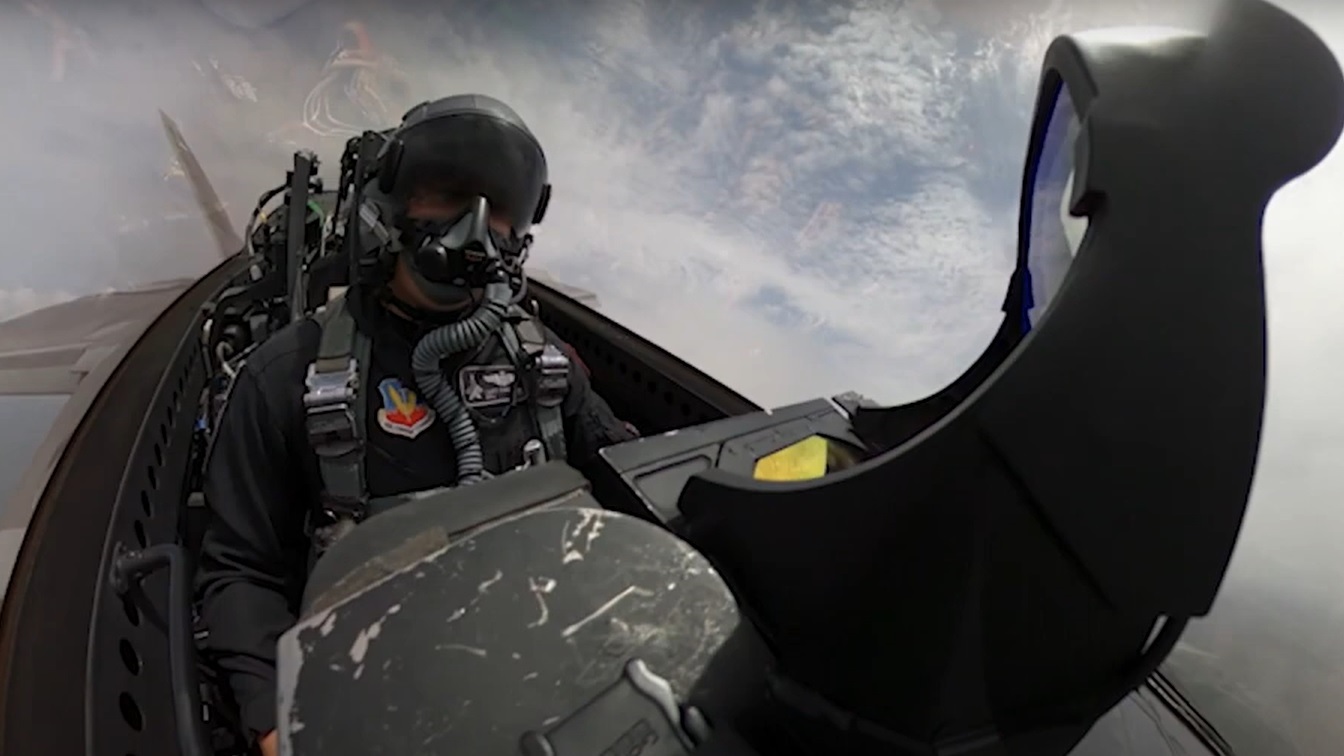
Maj. Joshua “Cabo” Gunderson, F-22 Demo Team pilot and commander, preforms a F-22 Raptor demonstration at the Space Coast Int. Air Show, May 22, 2022, with this video taken from inside the cockpit of an F-22.
After an investigation by the military, watchdogs revealed that there were 12 hypoxia-related mishaps with the F-22 from 2008 to 2011.
Whistleblowing Pilots Come Forward to the Media
This made other pilots concerned that they could undergo hypoxia-like conditions in flight. Two aviators came forward after they refused to fly the F-22 until the oxygen issues were fixed.
They blew the whistle on a 60 Minutes news segment in 2012 – a focusing event that made many legislators on Capitol Hill take notice.
ABC’s Nightline also featured the problem and that worried the public even more.
It determined F-22 pilots suffered “confusion, sluggishness and disorientation,” during flight.
Congress Gets to the Bottom of It
The House Armed Services Committee held a hearing in 2012 to examine the investigatory report and question Air Force brass to see if the F-22 was safe to fly.
Congressional members asked pointed questions about the investigation, and it was revealed that the oxygen system on F-22s failed because “a valve controlling the pilot’s pressure vest could allow the vest to inflate unnecessarily, which physically restricted the pilot’s ability to breathe,” according to USNI News.
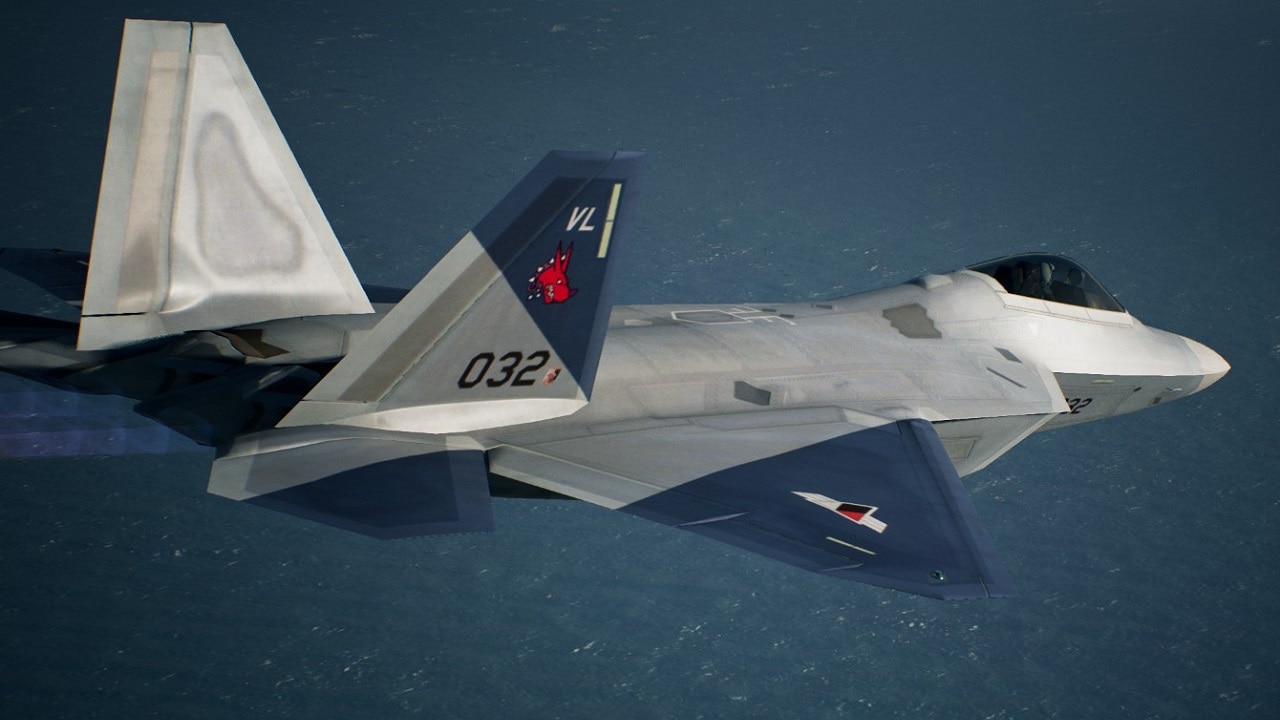
FB-22 Stealth Bomber? Image is of an F-22 Raptor. Image Credit: Creative Commons.
Why Did It Take So Long for the Air Force to Act?
However, this took years to fix despite the public scrutiny. In 2017, the Air Force said it was a faulty valve on the pressure vest. Pilots still wondered if the condition could happen to them while flying.
The Air Force finally came up with a fix. Generals in 2020 reported to the defense panel in the House of Representatives that they modified the “Combat Edge upper pressure garment valve that will help ‘ensure adequate oxygen flow to the pilot.’” This would enable F-22 pilots to breathe normally in high-altitude flight.
“The measures taken by the Air Force, in my opinion, will reduce the [physiological] incident rate significantly and, over time, bring the F-22 incident rates in line with comparable high-performance fighter aircraft,” Major General Charles Lyon said at the hearing.
Fighter jet flight is risky, and pilots know the stakes involved. However, the Department of Defense spends so much money on these fighter jets that accidents are featured prominently in the news.
So-called “restrainers” in the defense policy community favor keeping the United States out of foreign entanglements and reducing the dependence on expensive weapons systems.
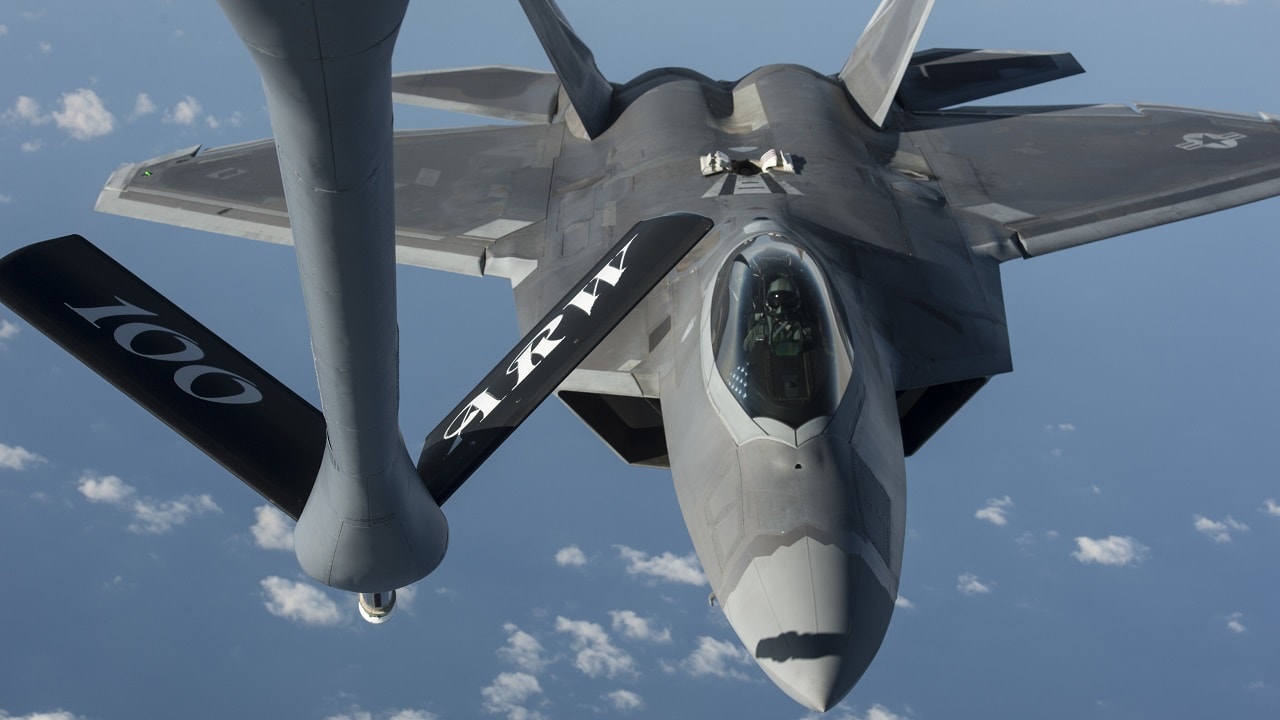
A U.S. Air Force F-22 Raptor from the 95th Fighter Squadron, Tyndall Air Force Base, Fla., moves into position behind a KC-135 Stratotanker from the 100th Air Refueling Wing, RAF Mildenhall Air Base, England, to conduct aerial refueling Sept. 4, 2015, over the Baltic Sea. The U.S. Air Force has deployed four F-22 Raptors, one C-17 Globemaster III, approximately 60 Airmen and associated equipment to Spangdahlem Air Base, Germany. While these aircraft and Airmen are in Europe, they will conduct air training with other Europe-based aircraft. (U.S. Air Force photo by Tech. Sgt. Jason Robertson/Released)
Defense watchdogs who always favor military spending cuts focus on alleged dangerous aircraft such as the V-22 Osprey that has succumbed to its accidents and groundings. Budget hawks want to curtail such programs to save money and increase safety.
Talk to the Pilots on F-22 Raptor
The pilots are the best sources when it comes to determining aircraft safety. They should be listened to closely. It’s terrible news when they must come forward and become whistle-blowers.
These officers risk their careers and could be blackballed or passed over for promotion after publicly telling the truth.
It is also mysterious that fixing the F-22 oxygen system problem took so long. This means that watchdogs and Members of Congress need to be more vigilant in overseeing dangerous airplanes that can result in expensive jets falling out of the sky like flies and killing pilots.
It is also up to the news media to remain attentive as they did with the F-22 oxygen issue.
One problem with coverage of mishaps and accidents is the need for the Pentagon to conduct lengthy investigations. A journalist can report on the initial crash, but then he or she must wait years before it can be covered again after causation is found.
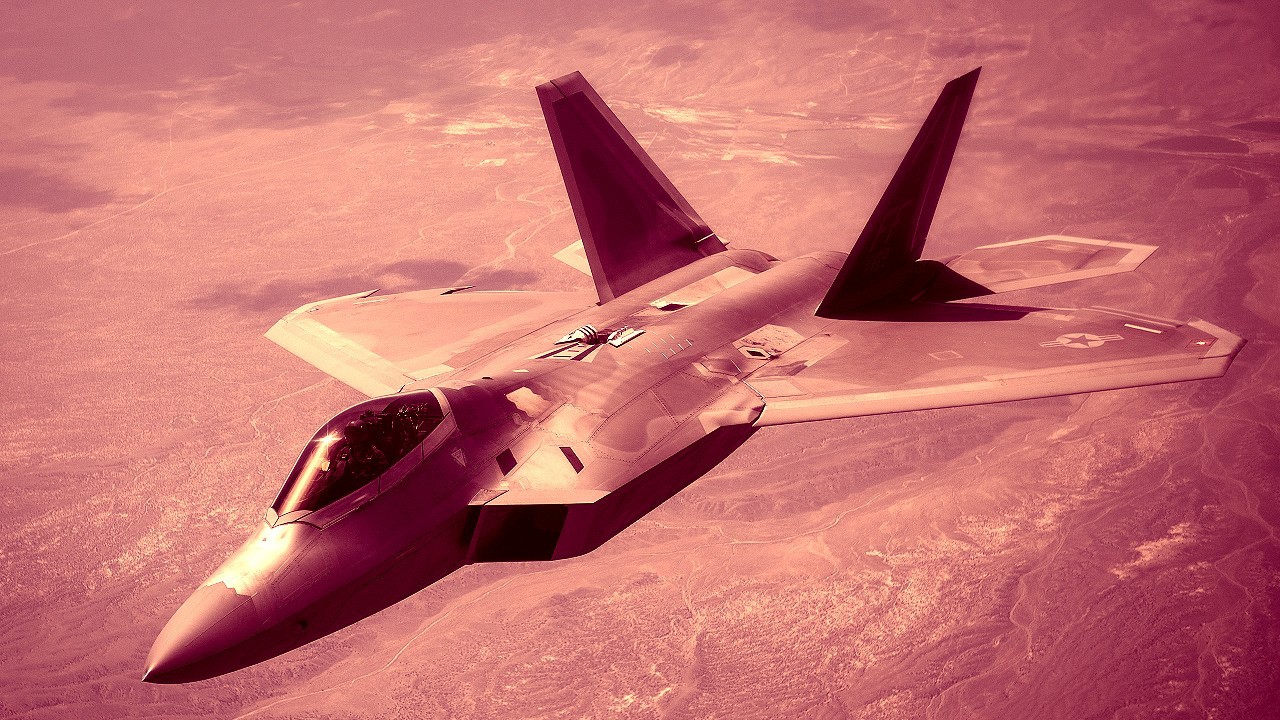
F-22 Raptor. Image Credit: Creative Commons.
It seems that the military hopes that reporters forget coverage of flight problems and that the Pentagon doesn’t have to face further scrutiny after accidents. Let’s hope journalists are mindful about covering this last F-35 incident after the cause is determined.
19FortyFive will be watching closely.
About the Author: Dr. Brent M. Eastwood
Brent M. Eastwood, PhD, is the author of Don’t Turn Your Back On the World: a Conservative Foreign Policy and Humans, Machines, and Data: Future Trends in Warfare, plus two other books. Brent was the founder and CEO of a tech firm that predicted world events using artificial intelligence. He served as a legislative fellow for U.S. Senator Tim Scott and advised the senator on defense and foreign policy issues. He has taught at American University, George Washington University, and George Mason University. Brent is a former U.S. Army Infantry officer. He can be followed on X @BMEastwood.

